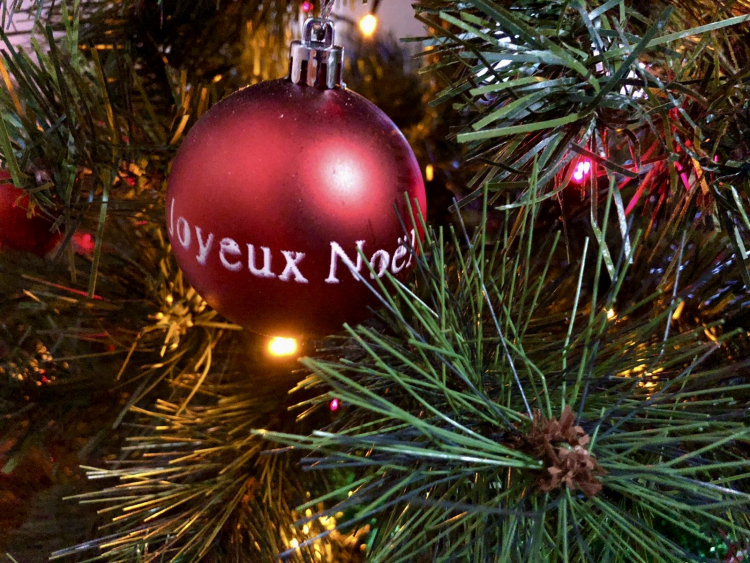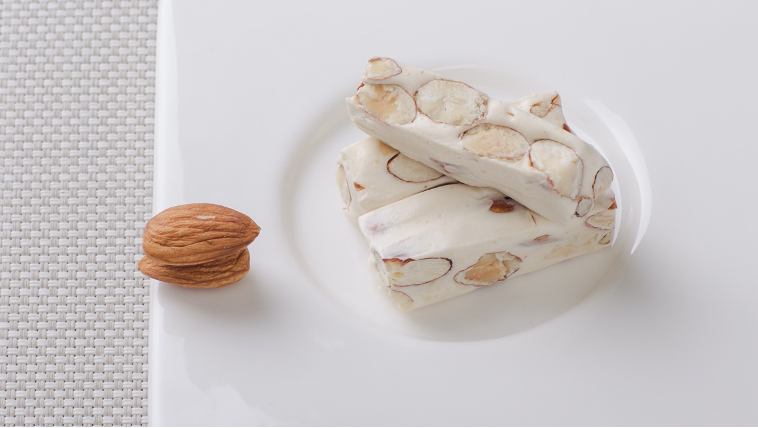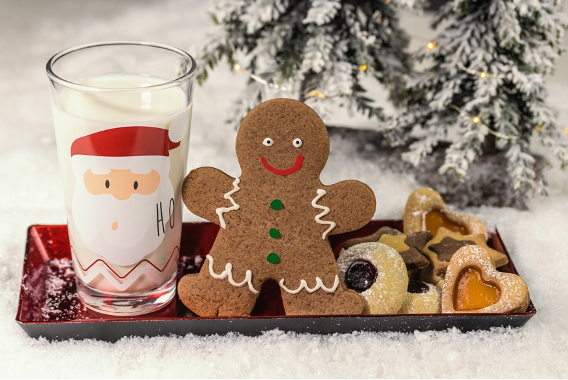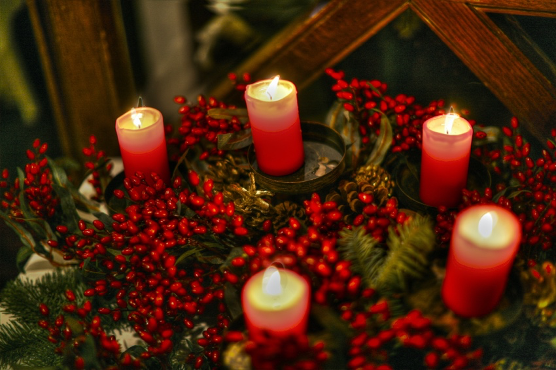Four Christmas Traditions from Around the World

This year, Christmas looks different for many of us. This does not mean, however, that we cannot celebrate this festive holiday and keep its traditions going. Around the world, Christmas traditions are unique and draw from sometimes centuries-old historical and biblical events. Here are four such traditions from Germany, France, the United States and Australia. And no matter which traditions you follow, enjoy the holidays all while staying safe and healthy!
1. Germany – The Advent Calendar
Homemade advent calendar. Image credit: Annelyse Gaston-CarrereTo understand the origins of the advent calendar, we must go back to the sixth century. This tradition began on the fourth Sunday before Christmas. The word advent in Latin means “arrival of Christ” and it used to be a period of fasting.
Today, the advent calendar is a way for us to patiently wait until the famous Christmas day. The calendar was first created in Germany in 1920, where each little window contained a representation of a biblical character. It was not until 1958 that little chocolates were added in the advent calendars, for the greatest joy of children. Over the years, this German tradition gradually spread to the rest of Europe and advent calendars have now become an essential part of Christmas.
2. France – The 13 Desserts
Nougat, the star of the 13 desserts. Image credit: Pixabay/HyukiA tradition from the Provence region, the 13 desserts originate back to 1683. At this time, people multiplied the number of dessert dishes as a sign of abundance. It was only in the 20th century that the number 13 came to be associated with Christ’s last meal and his twelve apostles.
Depending on the towns and villages of Provence, the desserts vary, but there are four main desserts always present as they refer to the four religious orders. The walnuts or hazelnuts represent the Augustinian order, almonds that of Carmel, dried figs that of the Franciscans and raisins symbolize the order of the Dominicans. Then, there are the black and white nougats, which represent the penitents. Dates and other oriental fruits are also present to remind us of the Three Kings. Other fruits complete the 13 desserts, such as oranges or mandarins.
3. USA – Cookies & Milk
Cookies & Milk for Christmas Eve. Image credit: Unsplash/Myriam ZillesFor years and years, children in the United States have been leaving out cookies and milk for Santa Claus on Christmas Eve. The tradition first began centuries ago with the Feast of St Nicholas. The Dutch would hold a grand feast in the honor of Nicholas. Unable to stay up for the celebration, children would leave out treats for him and his attendants. As an exchange, they would leave presents for the children.
The practice of leaving treats for travelers soon became a habit of leaving cookies for a Christian Santa Claus. This tradition later arrived in the United States during the Great Depression. During this time, parents wanted their children to keep being charitable and thankful for what they had, so they encouraged them to leave milk and cookies during Christmas for Santa Claus.
4. Australia – Carols by Candlelight
Candles during Christmas. Image credit: Unsplash/Andrew FriedrichIn 1937, a popular radio presenter was walking through the street of St Kilda, Victoria when he saw an elderly woman singing alone on Christmas eve, her face lit up by a single candle. This gave him an idea: ensuring that no one spent Christmas eve alone and have an event called “Carols by Candlelight”.
After this first event, each year different events took place across Australia, from fireworks to Christmas parades. Today, groups of people gather and sing Christmas songs together holding candles. Some events are so big in cities such as Melbourne and Sydney that they are even televised.











